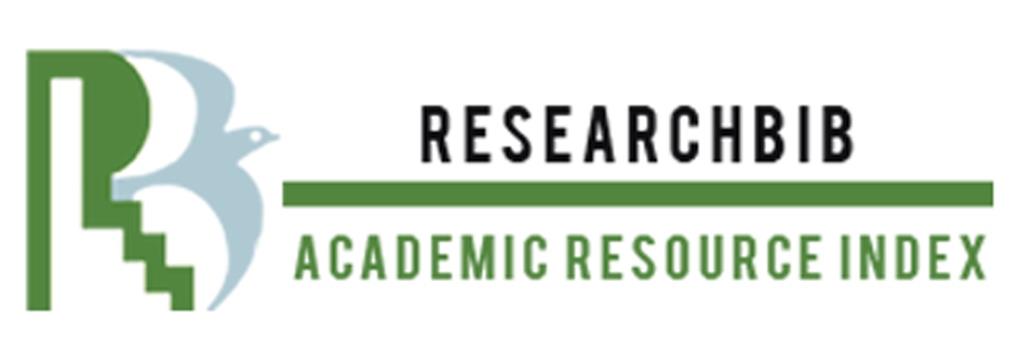USING INTERACTIVE METHODS IN TEACHING ENGLISH
Keywords:
interactive methods, teaching English, student-teacher interaction, a linguistic phenomenon, traditional teaching, a learner-centered approach, weak students, slow learners, high-achieving students, a learning process, a teaching process.Abstract
The current article is about benefits and desirable outcomes of making use of unconventional teaching methods during an English lesson. Traditional methods of teaching were replaced by interactive ways in the late twentieth century, and this made a difference in both presentation of the new topic and consolidation of it. The whole class usually actively perform all the fascinating tasks given by the educator, even slow learners are involved in the lesson due to varying classroom activities the teacher and students have at the lesson. Lively lessons in which interactive ways of teaching are used may seem to make pupils noisy and spoiled, while they do a lot of good to language learners. That is they will increase students’ knowledge, improve critical thinking, their self-confidence, break ice between the teacher and students, consolidate friendly relationships among schoolchildren,
References
ALLEN, Harold B., CAMPBELL, Russell N. Teaching English as a Second Language: A Book of Readings. 2d ed. New York: McGraw-Hill International, 1972.
BILLOWS, Frederic Lionel. The techniques of language teaching. London: Longmans, 1961.
BROWN, Douglas. Teaching by Principles: An Interactive Approach to Language Pedagogy. New York: Longman, 2001.
CELCE-MURCIA, Marianne ed. Teaching English as a second or foreign language. 3rd ed. Boston: Heinle & Heinle, 2001.
Egorova L. M. Unconventional forms of the lesson one of the ways to increase interest in the subject //Foreign languages at school, 1991, Nº 3.-P 46-48.
Каминская Е.В. Разнообразие современных интерактивных методов обучения иностранному языку в ВУЗе / Е.В. Каминская // Язык и мир изучаемого языка. Вып. 7. Саратов: Саратовский социально-экономический институт (филиал) РЭУ им. Г.В. Плеханова, 2016. - С. 159 - 165.
Kavtaradze D.N. Training and game. Introduction to active teaching methods. M., 1998.
Korotaeva E.V. I want I can do it! Learning Immersed in Communication - M. 1997.
Kуимова M.B. The use of case study method in teaching English as a foreign language in technical university /M.В. Куимова. // Молодой ученый. - 2010. - № 1- 2 (13).-T. 2.-C. 82-86.
Passov E.I., Kuzovlev V.P., Korostelev V.S. The purpose of teaching a foreign language at the present stage of development of society. General methodology of teaching foreign languages. Reader / Ed. Leontiev A.A.M., 1991.
Polat E.S. Education in cooperation // Foreign languages at school. 2000. - No. 1.
Polat E.S. The method of projects in the lessons of a foreign language. 2000. No. 2.P. 73.
Rogers K. Questions that I would ask myself if I were a teacher anthology in pedagogical psychology comp. 1995.
Useinova N.V. Techniques for involving students in interactive activities in English classes. - 2005. Nº 6. - P. 49-54.
Westwood P. What teachers need to know about teaching methods. Camberwell: ACER Press, 2008.-105 p.














